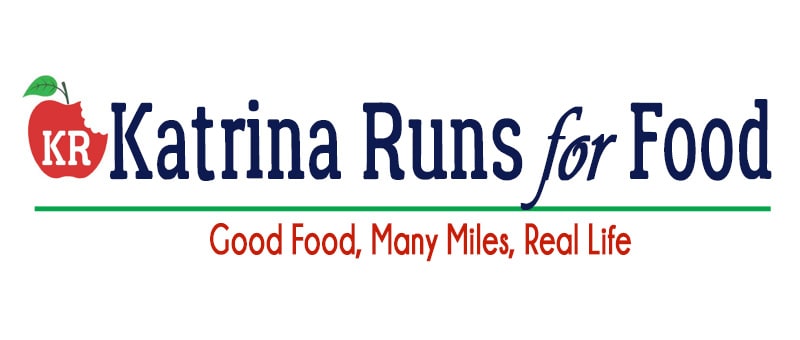With summer quickly approaching, many runners are taking all their workouts to the roads and trails in the heat. For most runners, staying hydrated is pretty easy. As we get thirsty, we drink. However, there are several misconceptions about staying hydrated during the intense heat and humidity. Staying well hydrated is more important than you might think. So what are some “rules” that need to be broken?
1. Water is best, no exceptions
During long running workouts in extreme heat, your body should be sweating out a lot of sodium. Some people sweat more than others. Some people may not sweat excessively, but their sweat is highly concentrated with sodium. If you often have salt streaks on your skin and clothes, you are losing a lot of sodium. Water does not replace that lost sodium so an electrolyte supplement is important. I like Nuun tablets because they are subtle in flavor but do not contain sugar. Most sports drinks have way too much sugar but they can be diluted in your regular water bottle to help replace the sodium as you sweat it out. Keep in mind, this is for long workouts and during intense summer days when you are already sweating before starting your workout. A 30 minute run should not deplete your sodium stores unless you are dehydrated already.
2. When you are well hydrated, your urine must be clear.
Pale yellow is the standard for good hydration levels. Don’t get so caught up in the strive to be clear that you are drinking glasses late in the day so you can fit in your self-prescribed 8 glasses. Then you will stay up half the night going back and forth to the restroom. If you are losing sleep because you are looking for clear urine, choose sleep. As long as your urine is not dark (think apple juice), cloudy, or extremely smelly, you are well hydrated.
3. You need at least 8 glasses of water a day for normal routines, more for workouts.
There is no magic number since everyone is different. You need to find your own hydration needs and stick to what works for you. When people first start trying to drink more water, they are going to pass it through as urine more quickly at first until their body becomes adapted to using water more efficeintly. But don’t go by some arbitrary number of ounces or glasses.
4. Drinking more water leads to water retention.
If you are dehydrated, even mildly, the kidneys slow down elimination. Drinking more water triggers the kidneys to function more effectively. It won’t happen all in one day, but increased fluid intake over a few days signals to the kidneys they can function normally. However, like most other “rules”, there are exceptions. If you have increased your fluid intake and you are still retaining fluid after a week, check with your doctor because that could be a first indicator of something serious. But don’t use the “more water means weight gain” idea as an excuse to stay in a perpetual state of dehydration.
What are some good hydration delivery systems for runners?
Most runners have their favorite ways to carry water and they often vary by mileage and terrain.
The 3 most common systems include a bottle, belt, vest, or pack. Let’s look at these 4.
Water Bottle
Carrying a regular water bottle in your hand is not exactly easy or fun. Many people use a handheld system which is a fabric bottle holder that secures the bottle over your hand but your hand can stay open and relaxed.. The Nathan brand is a common sight on hot humid days because it is durable and functional. Some models have a pocket to hold a cell phone or other essentials such as keys. These hand held systems are great for shorter workouts.
Fuel Belt
Others may prefer to wear a fuel belt. These waist belts have various ways to hold specially designed water bottles. They are made for drinking while running, so comfort and ease of use are 2 big priorities. The Amphipod system has a belt with bottles that slid into pockets or bottles that are attached to the belt and can be quickly removed and repositioned. Most belt systems have bottles that are placed in a tilt, horizontal, or verticle position.
Hydration vest.
Similar to a belt, a hydration vest is an extremly lightweight vest with pockets to hold custom-designed water bottles in the front. These bottles are usually situated on your front torso and they vary in size, structure, and material. These are great for those who want hands-free but do not like a belt system.
Hydration pack
This is for the long distance run or race. The pack sits on your back and secures over your chest. The pack is holding a hydration bladder with a tube that runs up the back and over the shoulder to one of the front straps to your mouth. Most tubes have a bit valve so you do not trail water along behind you. Carefully consider size and comfort before purchasing a hydration pack. Camelbak is a very popular brand for hydration packs. All the valves, tubes, and bladders can be replaced if lost or broken.
The next time you hit the road or trails, stay hydrated and stay safe!

